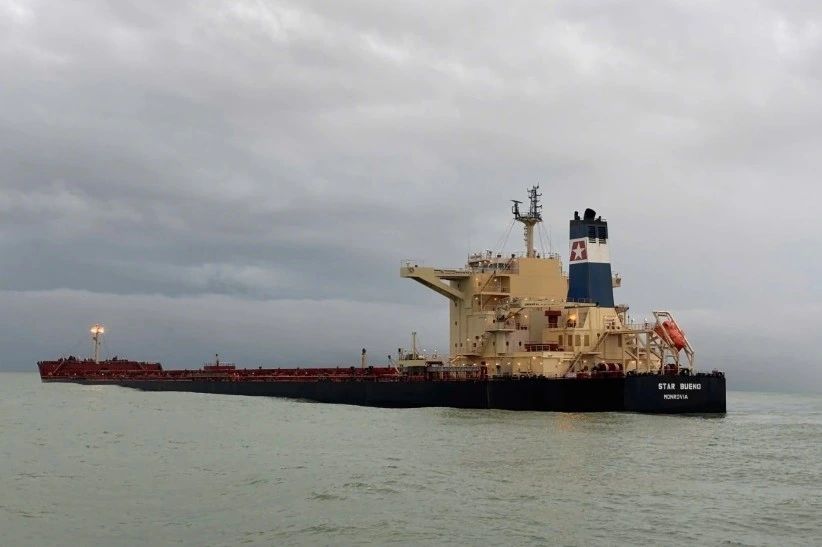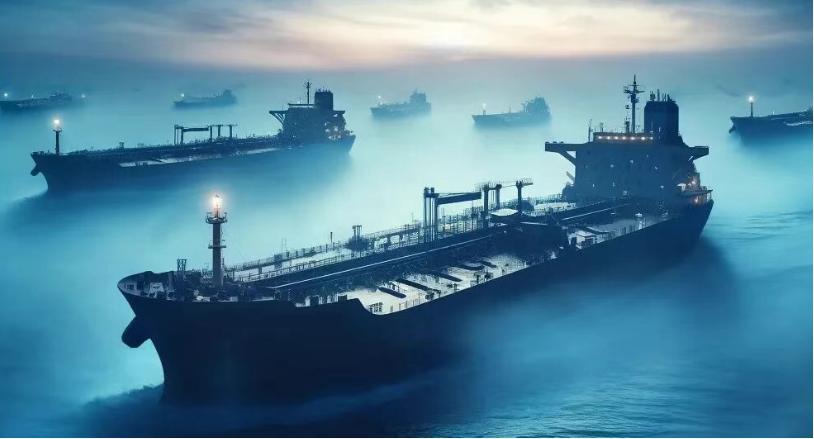
Few shipping companies have started to prepare for the EU's proposed inclusion of maritime transportation in the Emissions Trading System, whose initial decarbonization effects are expected to be minimal due to high gas prices.
Once the new regulation comes into force, industry estimates suggest over 2,000 vessel operators would need to acquire emissions allowances — also known as EUAs — to stay compliant when trading at EU ports.
But Mattia Ferracchiato, head of carbon markets at shipbroker BRS, said he observed that just three shipping firms had set up trading accounts for the carbon credits.
“Some have a person or department dedicated to carbon regulations and ETS but not trading yet…The reality is that most of the companies are not aware about the consequence of the ETS,” Ferracchiato told S&P Global Commodity Insights.
James Ash, head of environmental markets at SSY Futures, the derivatives division of shipbroker Simpson Spence Young, said many in the shipping world are “a little bit head in the sand” even as the regulation could come into force in less than five months' time.
The European Commission, the European Parliament and the Council of the EU have yet to agree on the types and amounts of shipping emissions to be included in the ETS, the world’s largest carbon market by liquidity.
In terms of timeline, the EC initially proposed the inclusion starting from 2023 but lawmakers and EU member states prefer 2024.
Market players expect the decision-making bodies to iron out the final rules in September or October, but an EU source said there is no firm deadline to conclude the negotiation.
“We are quite late in the day now,” said Ash, adding that the administrative process to set up an account to trade over-the-counter EUAs could take one to three months.
“As much as we want to get these people up and running, they can't at the moment…It has to do a large part with the regulation,” he added.
An oil-to-gas switch?
Vessels generally use oil-based marine gasoil and very low sulfur fuel oil at EU ports, and analysts expect LNG to remain the only widely available alternative fuel with lower CO2 emissions in the coming years.
The number of ships capable of running on LNG is set to grow. Shipbroker Braemar ACM estimated the size of the LNG-fueled fleet in trading at 528 ships and orderbook at 636 ships as of the week ended Aug. 5.
However, industry participants don't anticipate that the ETS rules will prompt a large-scale switch from MGO and VLSFO to LNG, with high gas prices following Russia's invasion of Ukraine.
Platts, part of S&P Global, assessed VLSFO bunker prices at $723/mt, MGO at $1,006/mt, and LNG on an oil-equivalent basis at $2,205.517/mt in Rotterdam as of Aug. 9.
“With the gas price, there is no incentive right now to switch to LNG,” Ferracchiato said. “I don't think that switching from oil to gas is going to be the solution.”
Burning 1 mt of MGO roughly emits 3.21 mt of CO2, VLSFO emits 3.15 mt, and LNG emits 2.75 mt, according to industry estimates.
Platts assessed the nearest-December contract for EUAs at Eur85.45 ($88.11)/mt Aug. 8.
“The savings of lower cost of CO2 by burning LNG are modest…whilst the ‘commodity’ itself costs considerably more,” Gibson Shipbrokers' senior market analyst Svetlana Lobaciova said.
“Taking into account the current geopolitical situation, it is highly unlikely that the price of LNG will fall dramatically in the next few years in order to encourage the switch to LNG.”
Related press note: S&P Global Commodity Insights to Launch First Carbon-Accounted Tanker Assessments as Shipping Faces EU Trading System Carbon Coverage
Carbon-accounted market
Ship operators are expected to increase freight rates to cover EUA costs. Assuming the usage of oil-based fuels and coverage of 100% emissions, Platts assessments showed that Aframax freight rates would have been increased by an average of 96 cents/mt for the intra-UK Continent trade, $1.30/mt for Baltic-UK Continent, $1.72/mt for Ceyhan-Mediterranean, and $1.80/mt for Black Sea-Mediterranean on Aug. 1-9 if new ETS rules were in place.
“It's obvious that there's going to be an extra cost,” Ferracchiato said. “We're going to see a new index.”
With shipping firms generally unprepared for EUA trading, some players expect that big European oil and trading groups — which have been in the carbon market for years — will offer to take responsibility for emissions compliance when hiring vessels and ask for lower rates in return.
“We anticipate a two-tier voyage charter market emerging,” said Ian Metzger, an analyst at Braemar. “Many charterers will be in a better position than owners to secure the lowest prices for EUAs, and so would prefer to transfer appropriate allowances rather than have the market price included in rates.”
Georgios Plevrakis, vice president of global sustainability at classification society ABS, called on shipping companies to operate more fuel-efficient vessels to stay competitive in a carbon-accounted market.
“Beyond the initial ‘compliance shock’, owners need to decide what steps they must take to remain relevant,” Plevrakis said.
Source: Platts
Source: Platts
The opinions expressed herein are the author's and not necessarily those of The Xinde Marine News.
Please Contact Us at:







